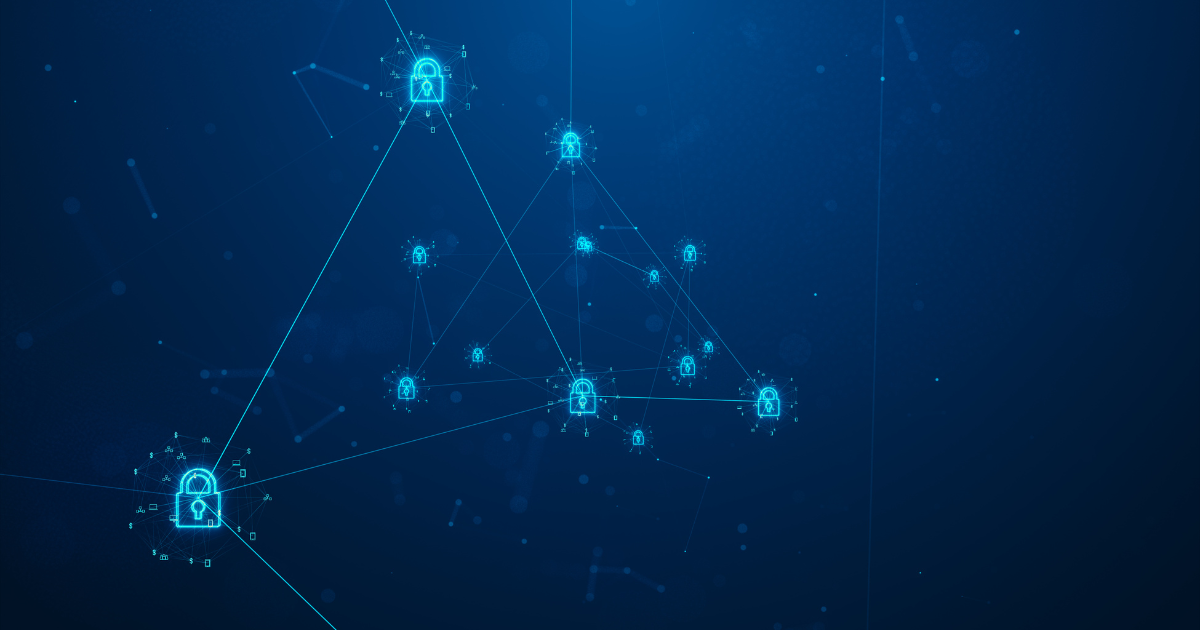Today is the International Computer Security Day
Every November 30th is International Computer Security Day. The holiday started in 1988 when technological progress brought new concerns about privacy and security; thus, the day is dedicated to keeping your online data safe and secure.
In a world in which the Internet is totally essential, the massive use of the network has caused a 26% cyberattacks increase in Spain in 2021, making our country the third most attacked country in Europe.
Companies are in the crosshairs of cybercriminals, attacking their servers and platforms in search of relevant information which provides them huge economic benefits. The good news is that, according to an IDC study, it estimates that 2022 will close with an average investment of 7.7% in cybersecurity by companies, representing a total expenditure of 1,749 million euros.
Information is the main asset of companies and, therefore, its protection against possible leaks, whether due to attacks, carelessness or not having good habits, is crucial to guarantee its security and so that the development of its activity is perform normally.
According to figures from the National Institute of Cybersecurity (Incibe), the loss of data due to computer attacks or simple human errors can mean losses of between 2,000 and 50,000 euros for SMEs, and 3.6 million on average for large companies, according to IBM.
The most serious threat to an information system is people, so their training and awareness is one of the fundamental objectives that are pursued with the implementation of a cybersecurity culture program.
But an IAM framework enables IT to control user access to critical information within their organizations. IAM products offer role-based access control, which lets system administrators regulate access to systems or networks based on the roles of individual users within the enterprise.
In this context, access is the ability of an individual user to perform a specific task, such as view, create or modify a file. Roles are defined according to job, authority and responsibility within the enterprise.
IAM systems should do the following: capture and record user login information, manage the enterprise database of user identities, and orchestrate the assignment and removal of access privileges.
That means systems used for IAM should provide a centralized directory service with oversight and visibility into all aspects of the company user base.
Fuentes:
- Directivosygerentes.es
- ITresellers.es
- Incibe
- IBM





